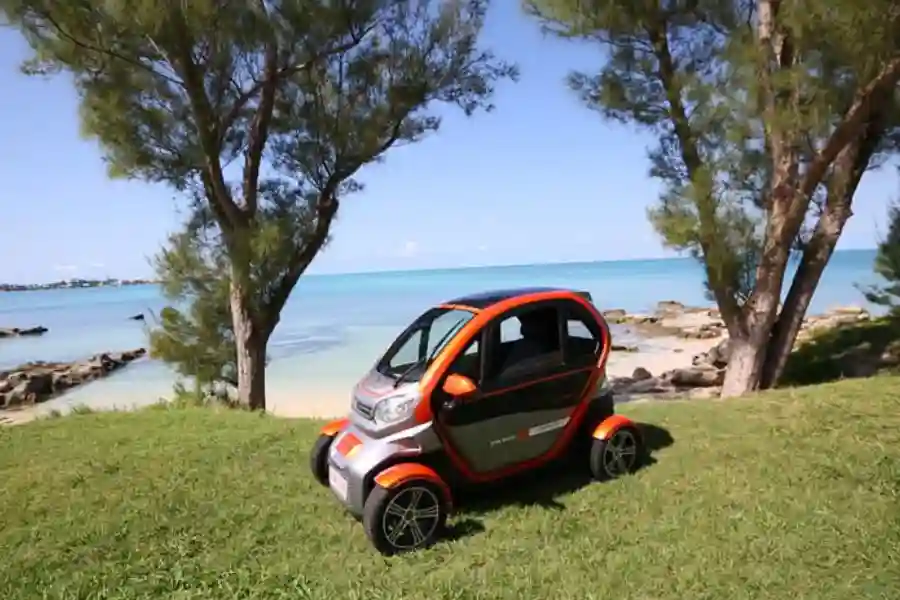The XEV Yoyo is a compact electricvehicle (EV) designed for urban environments, offering an eco-friendly and efficient transportationsolution. As electric vehicles become more prevalent, understanding their charging requirements is crucial for potentialowners. A common question arises: Does a Yoyo need a special charging station? This article explores the Yoyo’s charging capabilities, options, and considerations to provide a comprehensive answer.

Understanding the XEV Yoyo’s Charging System
The XEV Yoyo is equipped with a 10.4 kWh lithium iron phosphate (LiFePO4) battery, providing a range of up to 150 km (93 miles) on a single charge. Charging this battery can be accomplished through various methods, each with its own set of requirements and benefits.
Charging Options for the XEV Yoyo
- Standard Household Outlets (AC Level 1 Charging)The Yoyo can be charged using a standard household electrical outlet, typically 220-240V in many regions. This method, known as AC Level 1 charging, is the most accessible but also the slowest, taking approximately 4 hours and 30 minutes for a full charge. It’s suitable for overnight charging or for users with low daily mileage.
- Dedicated Home Charging Stations (AC Level 2 Charging)For faster charging times, installing a dedicated home charging station is advisable. AC Level 2 chargers operate at 240V and can reduce charging times to around 3 hours and 9 minutes for a full charge. This setup requires professional installation and may involve additional costs but offers greater convenience for daily use.
- Public Charging StationsThe Yoyo is compatible with public charging infrastructure, allowing users to charge their vehicles while on the go. Public charging stations vary in power output, with some offering fast charging capabilities. However, it’s essential to note that the Yoyo is not equipped with a fast charge system; therefore, even with the use of stations suitable for fast charging, the charging times do not vary significantly.
For a visual overview of the XEV Yoyo and its features, you may find the following video informative:
Connector Types and Compatibility
The XEV Yoyo is designed to accommodate standard EV charging connectors. In Europe, the Type 2 connector is prevalent, and the Yoyo’s charging port is compatible with this connector. It’s crucial to verify the specific connector type in your region to ensure seamless charging experiences.
Battery Swapping: An Innovative Alternative
One of the unique features of the XEV Yoyo is its battery-swapping capability. Instead of waiting for the battery to charge, users can exchange a depleted battery for a fully charged one at designated swapping stations. This process takes only a few minutes, offering a quick and convenient solution for extending driving range without the downtime associated with traditional charging methods. However, the availability of battery-swapping stations varies by location, and this infrastructure is still developing in many regions.
Installation and Costs of Home Charging Stations
Installing a home charging station involves several considerations:
- Cost: The price for purchasing and installing a Level 2 home charging station typically ranges between €689 and €919, depending on the hardware chosen and any necessary electrical upgrades.
- Installation: Professional installation by a certified electrician is recommended to ensure safety and compliance with local regulations. This may involve upgrading the home’s electrical panel to handle the increased load.
- Energy Consumption: Regular charging will increase household electricity usage. It’s advisable to consult with your utility provider about potential rate plans for EV owners, which may offer reduced rates during off-peak hours.
Public Charging Infrastructure
Access to public charging stations enhances the flexibility of owning an electric vehicle like the Yoyo. Many urban areas are expanding their EV charging networks, making it more convenient to find charging points at shopping centers, parking garages, and along highways. Utilizing smartphone applications or in-car navigation systems can help locate nearby charging stations and monitor their availability in real-time.
Charging Time Comparison
Understanding the different charging options and their associated times can help Yoyo owners choose the method that best fits their lifestyle:
| Charging Method | Voltage | Estimated Time to Full Charge |
|---|---|---|
| Standard Household Outlet | 220-240V | 4 hours 30 minutes |
| Dedicated Home Charging Station | 240V | 3 hours 9 minutes |
| Public Charging Station | Varies | 3 hours 9 minutes |
Conclusion
In summary, the XEV Yoyo does not require a special charging station; it offers versatile charging options to suit various needs. While standard household outlets can suffice for overnight charging, installing a dedicated home charging station or utilizing public charging infrastructure can significantly reduce charging times and enhance convenience. Additionally, the innovative battery-swapping feature provides an alternative for rapid energy replenishment, though its availability depends on regional infrastructure. Understanding these options allows Yoyo owners to make informed decisions that align with their driving habits and access to charging facilities.
For more detailed information on the XEV Yoyo’s charging capabilities and to explore available accessories, visit the official XEV websit





